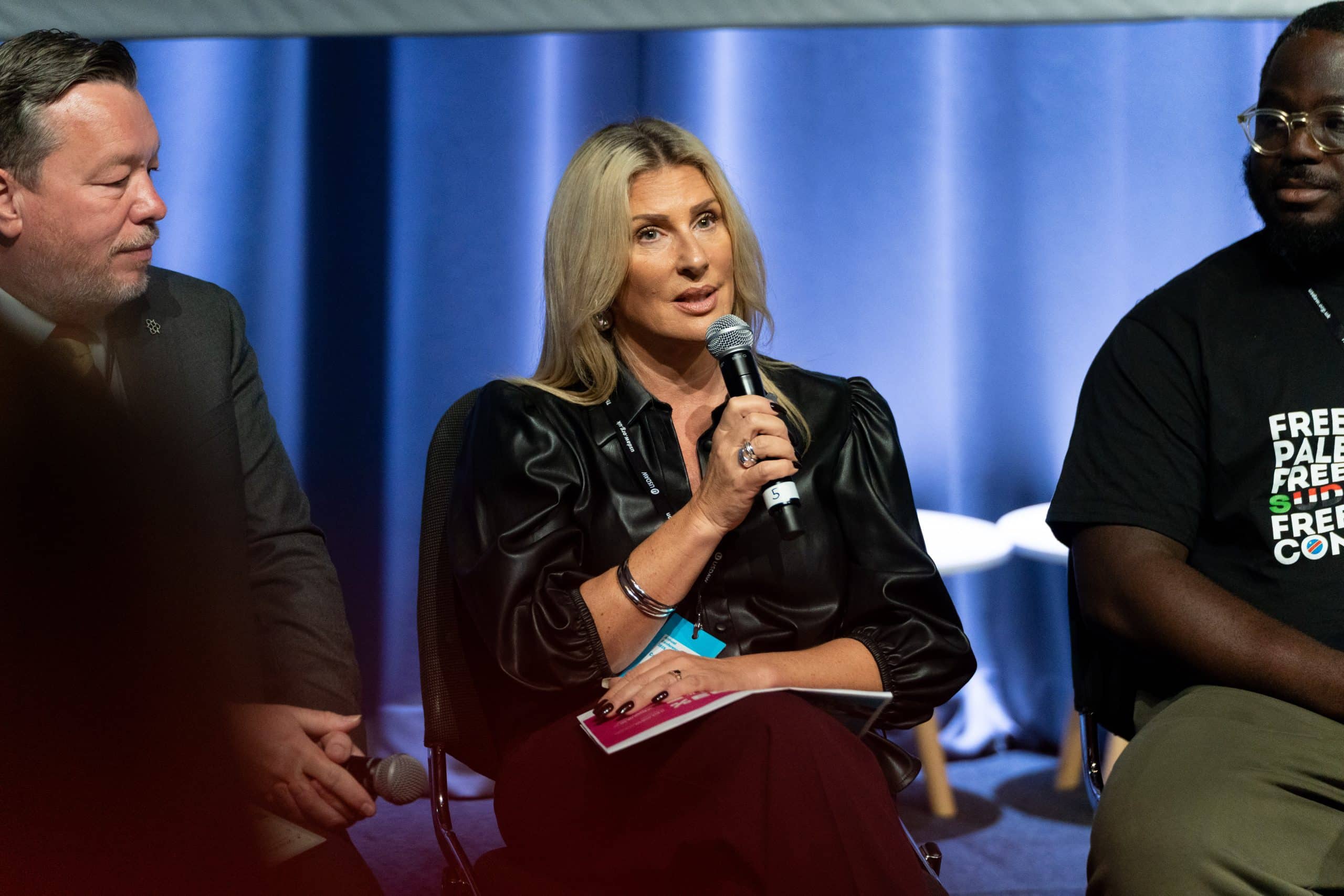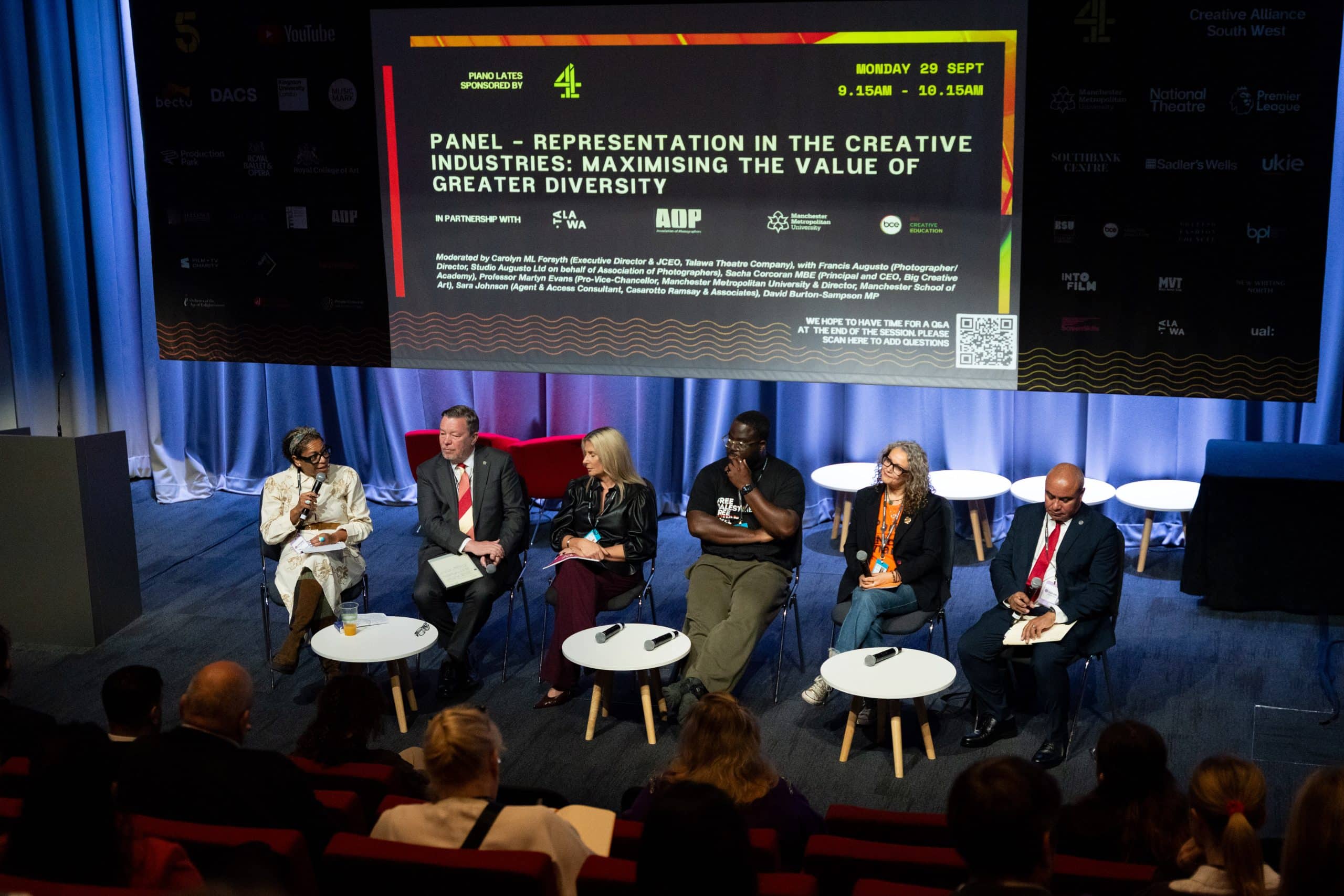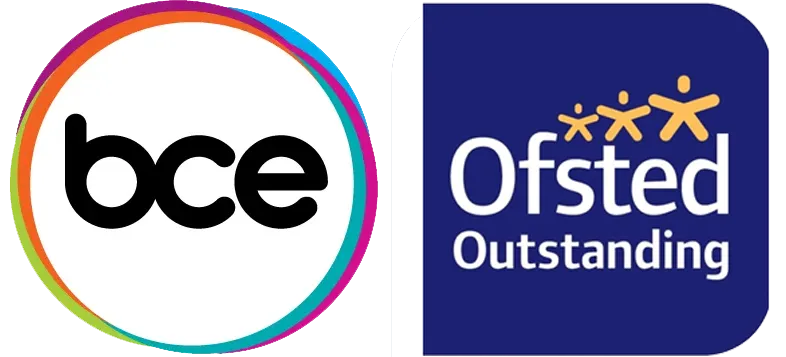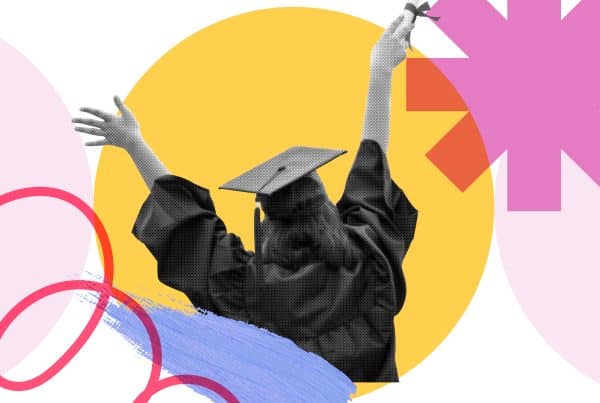
Sacha Corcoran speaking at the Labour Party Conference
29 September 2025
Sacha was speaking in the pavilion at an event organised by Creative UK.
More information can be found here: https://conference.wearecreative.uk/
Here’s a transcript of her answers to the questions she was asked.
The cultural and creative industries are uniquely placed to act as a counterforce to division, capable of telling inclusive stories and reflecting the UK’s true identity. Yet, time and time again, the policies focus on STEM over STEAM and demonstrates a consistent failure to understand the value of creative industries. And alongside that, the truth that diversity should be celebrated and not merely tolerated.
Question 1: We often talk about representation, but I want to challenge us today to go further. What does it mean to move from representation to belonging?
Sacha: I think it’s very interesting and I’m going to throw some stats out there, if I may. 95% of the workforce in the creative industries are from advantaged backgrounds, typically around 94% will be white. Only 9% of those working in the TV industry come from a working class background. Around 50% of BAFTA winning actors and musicians are from privileged private schools. So when we talk about representation and a sense of belonging, we must have a sector where the young people that I work with see themselves. They have to be taught by people that look like them. They need to be taught by people that sound like them, and they need to be taught by people who really want to reimagine education in order to find a talent pipeline, which reflects the communities in which they sit and live and represent. So the issue for me about a sense of belonging is how can you belong to somewhere where nobody looks or sounds like you? And quite often the young people that I work with will go into these industries and there’s nobody who understands how ensure that they feel included. Nobody is taking the time to get to know them. So I think the stats for me are a starting point as to how do we begin to change the direction of travel? How do we begin to diversify the talent pipeline to understand what belonging actually is?
Question 2: We’ve been talking about pipelines. How do we make change in those areas and is there some best practice that’s already happening out there?
Sacha: I think we need to recognise that a significant number of young people are growing up without any cultural capital, without access to a museum, going out to the theatre, seeing plays. Doesn’t happen. It’s not for them. They look in on that sector. Typically we’re now seeing that dance class on a Saturday, the music classes, things that we might have taken for granted 20 years ago don’t exist anymore because that youth provision has been decimated. The announcement of the youth guarantee by the Labour Party is great, and that within that creativity and cultural activities need to sit at the heart of it. We reference the summer of discontent and everything that’s going on. The arts in itself provide community cohesion. So there’s two strands here. There’s the community cohesion. There is building the cultural capital, getting these young people feeling involved within the local communities through the arts, and then making sure that it remains front and centre on the curriculum. We reference stem stem, stem, stem, stem. I say put the A in it and put the A in the middle, front and centre. Because if you have arts in your curriculum, you will develop creative scientists, creative engineers because creativity sits at the heart of most occupations. So I think to summarise, you have to have the arts at a very access to the arts at a very young age five, six, seven, eight. That should be normal for these young people. And then as they progress through to their GCSEs and arts, GCSE offers should be protected. Too many schools are cancelling these subjects because of the cost of delivering them. And then once they come to somebody like me, where we offer a solely creative offer to our young people from 16 to 19, we’re not having to top up 16 years worth of cultural capital. They need to come to us, having experienced it. And at that point, then what you have is some fantastic young creative talent, young creative brains, which with the right youth guarantee wrapped around them, will be fit for work by 18. And then we can begin to diversify this workforce.

Question 3: We know that having a diverse workforce, makes for better business, makes for a better economy. But there’s also an upfront cost that I maybe think we’re not honest about. Talking to my own parents about going into the creative industries, they weren’t sure that there were careers that would sustain me. And they were like, well, you know, you’re going to get a job, right? Because, people care about their kids and want them to have a roof over their head and have prospects. Can the panel talk about that?
Sacha: We do a huge amount of work at Big Creative Academy with the local schools to actually develop creative career advice. And one of the things that I say to parents that sit in front of me when their kids turn up for an open evening is, I know you’re panicking right now. You’ve got a young creative in the family and in your head you’re saying, this is not a real job. I want my son or daughter to go off and be an accountant. I don’t want them to be a dancer. And I have to do a huge amount of work with those parents and guardians to get them to understand. First of all, the creative economy is the third biggest economy. It’s worth over £100 billion. It’s a fantastic export and if your young person is able to access it, they will have a fantastic career. But that careers advice at schools level is missing. We have careers advisors that don’t know enough about the sector to give meaningful advice to parents and to young people, to give them the opportunity to even want to try to be a creative. So I think for me, the concern is, is how do we shape careers advice and tailor it for the young creatives and those parents to fully understand how to support them on that journey?
The issue we have is that it’s a ‘who you know’ sector. And if you’re a young person and don’t have those networks it’s very difficult. I always use the analogy that it’s the chief exec’s wife’s yoga teacher’s son that will get the opportunity. You know, you have to be in the right place at the right time. The young people that I love dearly and have worked with as their principal for over ten years do not have those networks. I am working with young people who are in care or have come from a NEET background. These are kids that are desperately trying to find a purpose. They don’t know where to go to find those jobs.
Question 4: Can I ask the panel, like what one thing the creative sector could all do?
Sacha: Come and see us. Come and meet our young people. It’s the definition of madness that you keep doing the same thing but expect different results. So recruit differently and make time to meet some diverse people who are going to change your business.




